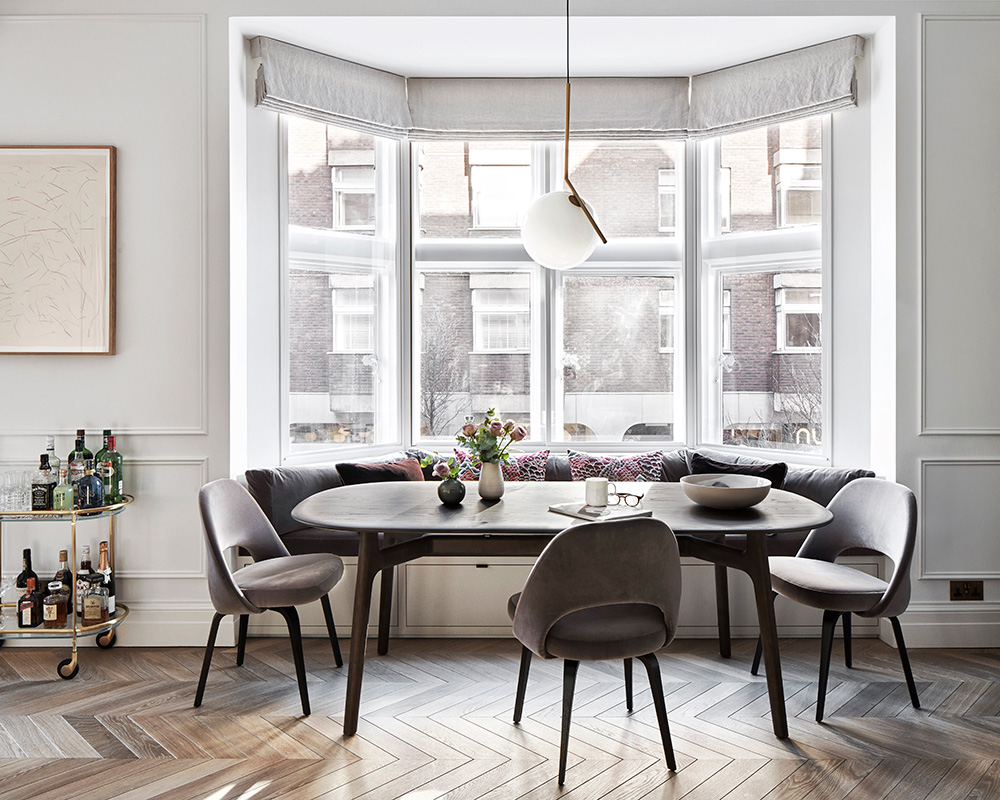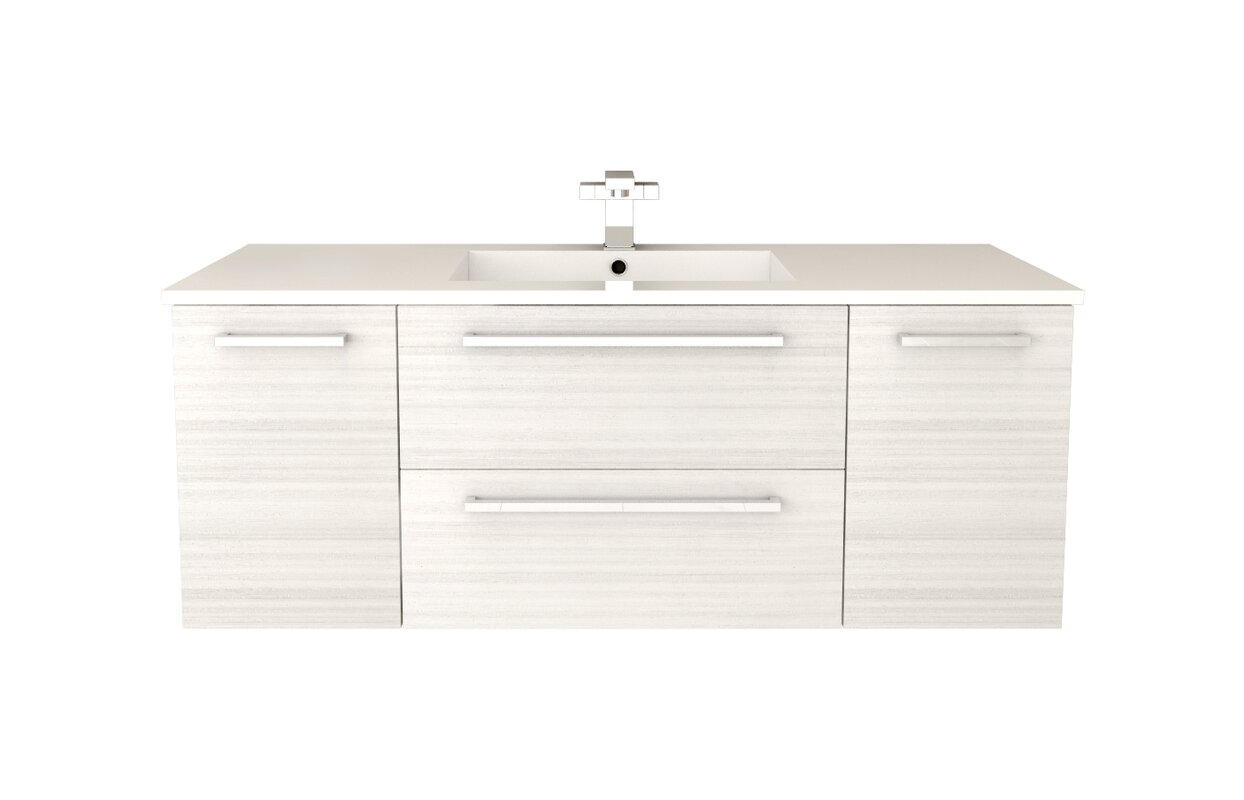In order to create a top-performing production kitchen, it's essential to have a well thought out design. You want a space that is efficient, functional, and meets all safety and hygiene standards. Here are our top 10 design tricks to help you achieve just that: Design Trick #1: Optimize Layout for Flow The layout of your production kitchen should be designed to promote smooth flow and minimize unnecessary movement. This means placing workstations and equipment in a way that allows for easy movement between them. For example, your food prep area should be close to your cooking stations, and your storage should be easily accessible from your production area. Design Trick #2: Invest in Quality Equipment A production kitchen is only as efficient as its equipment. Investing in high-quality, durable equipment that can withstand the demands of a busy kitchen is a must. This will help prevent breakdowns and keep your kitchen running smoothly. Design Trick #3: Use Durable and Easy-to-Clean Materials In a production kitchen, spills and messes are inevitable. That's why it's important to choose materials that are not only durable but also easy to clean. This includes using stainless steel for work surfaces and non-slip flooring to prevent accidents. Design Trick #4: Maximize Storage Space The key to a well-organized production kitchen is having enough storage space. Utilize every inch of your kitchen by using shelves, racks, and storage units that can be mounted on walls and ceilings. This will free up valuable counter space and reduce clutter. Design Trick #5: Install Proper Ventilation Adequate ventilation is crucial for a production kitchen, as it helps remove heat, steam, and cooking odors. Install a high-quality ventilation system to keep your kitchen well-ventilated and ensure a comfortable working environment for your staff. Design Trick #6: Incorporate Sustainable Design Elements Creating a sustainable production kitchen not only benefits the environment, but it can also save you money in the long run. Consider using energy-efficient equipment, incorporating natural lighting, and using eco-friendly materials to reduce your carbon footprint and operating costs. Design Trick #7: Prioritize Food Safety Food safety should be a top priority in any production kitchen. Make sure your design includes proper handwashing stations, designated areas for raw and cooked foods, and separate equipment and utensils for different types of food to prevent cross-contamination. Design Trick #8: Utilize Technology The use of technology in production kitchen design can save time and increase efficiency. Consider installing digital temperature controls, automated timers, and inventory management systems to streamline your kitchen operations. Design Trick #9: Create a Versatile Kitchen In a production kitchen, your needs may change over time. That's why it's important to create a versatile space that can adapt to your changing needs. Consider using modular equipment and flexible workstations that can be easily moved or reconfigured as needed. Design Trick #10: Learn from Case Studies and Best Practices Lastly, learning from others who have successfully designed production kitchens can provide valuable insights and inspiration for your own design. Take the time to research case studies and best practices to see what worked well for other kitchens and how you can incorporate those ideas into your own design.1. Top 10 Design Tricks for a Production Kitchen
A primary production kitchen is the heart of any food production facility. It is where the majority of food preparation, cooking, and packaging takes place. In order for a production kitchen to be successful, it must be designed to maximize efficiency and functionality. Here are our top tips: Tip #1: Create a Functional Layout The layout of a primary production kitchen should be designed to promote efficiency and minimize wasted space. The key is to create a flow that allows for easy movement between workstations and equipment, reducing the need for employees to backtrack or cross paths. Tip #2: Choose the Right Equipment High-quality, durable equipment is essential for a primary production kitchen. Choose equipment that can withstand heavy use and is easy to clean. Look for models with multiple functions to save space and increase productivity. Tip #3: Consider Ergonomics Ergonomics is crucial in a production kitchen, as it can have a significant impact on the health and well-being of your employees. Consider the height and positioning of workstations and equipment to ensure they are comfortable and safe to use. Tip #4: Focus on Hygiene and Safety Hygiene and safety are of utmost importance in a primary production kitchen. Make sure the design includes designated handwashing stations, proper storage for different types of foods, and equipment that is easy to clean and sanitize. Tip #5: Optimize Storage Space Just like in any production kitchen, storage space is key. Utilize wall and ceiling space for shelves and racks. Invest in storage solutions such as containers and racks to keep ingredients and finished products organized. Tip #6: Install Proper Ventilation Proper ventilation is crucial in a primary production kitchen to remove heat, smoke, and odors. Make sure to install a high-quality ventilation system that meets all building codes and standards to ensure the safety and comfort of your employees. Tip #7: Embrace Technology The use of technology can help streamline operations and increase efficiency in a primary production kitchen. Consider using automated timers, digital temperature controls, and inventory management systems to ensure consistent and accurate results. Tip #8: Create a Flexible Space A primary production kitchen needs to be able to adapt to changing needs. Employ modular equipment and workstations that can be easily moved or reconfigured as needed. This will allow for a more versatile and efficient space. Tip #9: Prioritize Sustainability Sustainability should be a top consideration in primary production kitchen design. Choose energy-efficient appliances, incorporate natural lighting, and use eco-friendly materials to create a more environmentally friendly and cost-effective kitchen. Tip #10: Learn from Success Stories The best way to ensure success in designing a primary production kitchen is to learn from those who have already done it successfully. Take the time to research and study success stories and best practices to gain valuable insights and inspiration for your own design.2. Primary Production Kitchen Design: How to Maximize Efficiency and Functionality
Overview of Production Kitchen Design

An Essential Element of Efficient Food Production

The design of a production kitchen is crucial for restaurants, catering companies, and other food-related businesses. This specialized type of kitchen is specifically designed to meet the demands of large-scale food production while maintaining efficiency and safety. Kitchen design is not just about aesthetics, it plays a vital role in the smooth operation of a food business. It affects every aspect of the food production process, from ingredient receiving and storage to final plating and presentation.
The Key Features of a Production Kitchen

The primary focus of a production kitchen design is to maximize efficiency and minimize waste. This type of kitchen is designed to streamline the food production process by optimizing workflow, reducing movement, and eliminating bottlenecks. Chefs, cooks, and other kitchen staff should be able to move around the kitchen with ease and work in a way that is both ergonomic and time-efficient.
Storage is another crucial aspect of a production kitchen design. Ingredients and other supplies should be easily accessible and arranged in a way that promotes efficiency. Storage areas should also follow proper food safety standards to prevent contamination and spoilage.
Equipment placement is also an important consideration in production kitchen design. High-volume items should be placed in a central area, while other equipment should be placed strategically to minimize movement and save time. Additionally, equipment should be properly sized and arranged to avoid overcrowding and promote a smooth workflow.
The Importance of Flexibility and Adaptability

A production kitchen design should also be flexible and adaptable to accommodate changes in menu offerings or production volume. This may involve having movable equipment, adjustable shelving, and versatile workstations. The design should also take into consideration how the kitchen space may need to evolve as the business grows or changes over time.
In Conclusion

A well-designed production kitchen is essential for efficient and successful food production. It is more than just a place to cook; it is the heart of a food business. From the placement of equipment to the flow of the kitchen, every aspect of the design should promote efficiency, safety, and adaptability. With a well-designed kitchen , businesses can maximize production while maintaining quality and freshness, ultimately leading to customer satisfaction and business success.

























